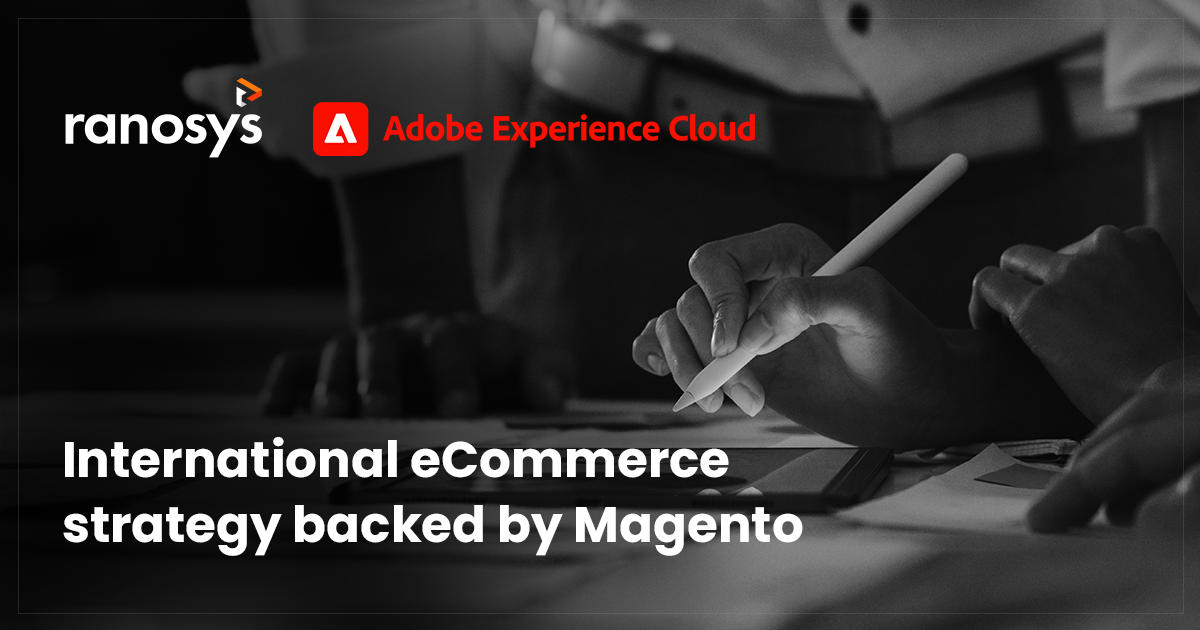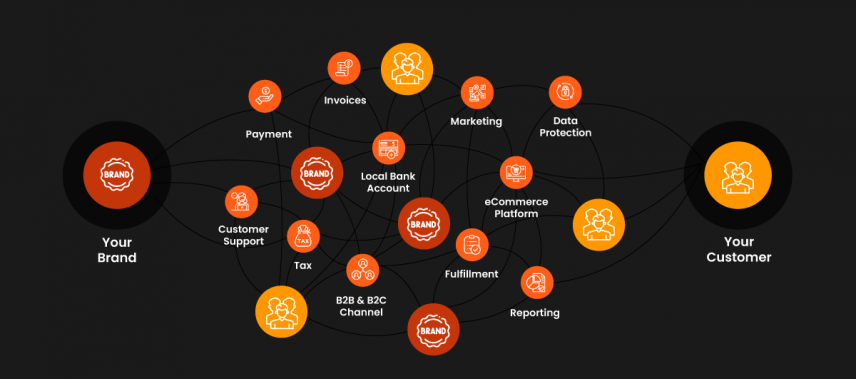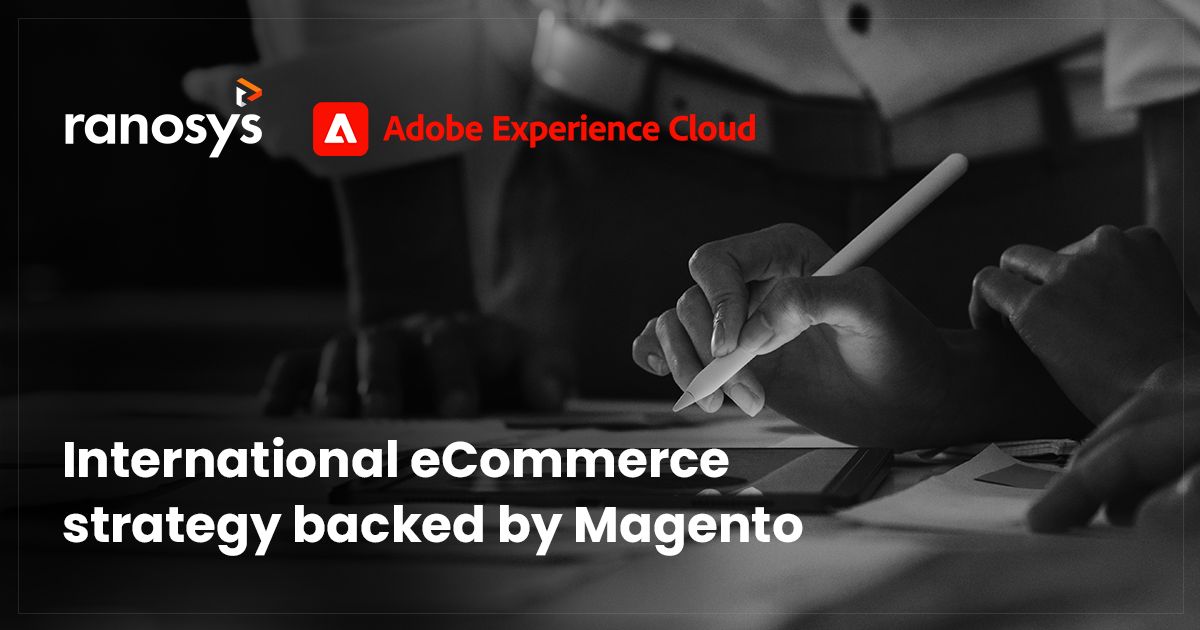The world and its culture are not uniform. In fact, people living in different cities of the same country exhibit contradictory consumer preferences and tastes. Naturally, people in different countries, too, have specific likes and dislikes; and, if a business wants to create a place for itself in any particular geographical area, it needs to adapt to its local culture and taste.
As discussed above, businesses needed first to establish a physical store in another country if they had a business plan for international expansion and then move on to localization.
With the rise of digital commerce, you can start your business worldwide without a brick-and-mortar outlet, but you still need to cater to its local culture.
This need to customize eCommerce solutions per local specifications makes international eCommerce different; this is just the tip of the iceberg!
Every country has different trade rules and regulations that eCommerce businesses must follow for smooth operations. To give you a gist about what they are, given below is a brief list of factors that affect a global eCommerce business –
Important factors that impact international eCommerce
Target market: You need to analyze and understand your target market in every location. If you’re thinking of going international with your online food business, you need to customize the dishes per that country’s local cuisine.
For example – brands like McDonald’s and Dominos had to include more vegetarian options when they ventured into India. Every food company had to avoid pork when they expanded their business in the Middle East.
Duties, taxes, and tariffs: If you’re planning not to have a warehouse at every location at the initial stage and go ahead with international shipping, you must understand every duty, tax, and tariff involved.
Furthermore, you need to clarify these to your customers and not spring up surprises at the checkout page. (By the way, this is a golden tip for reducing cart abandonment rate, too!)
International payment options: We live in the era of digital payments, and there are different payment gateways in every country. Furthermore, some countries prefer digital transactions while others rely more on the COD (cash on delivery) option.
An ideal eCommerce solution for global customers would take all these details into account and include as many payment options as possible with a simple process.
An eCommerce solution meant for global customers needs to have all the possible payment options backed by a simple process.
Pro tip: Include local banks in your localized eCommerce stores so that customers can enable eCommerce transactions on their debit/credit cards. Also, ensure that PayPal is integrated as a digital wallet as it is one of the safest and preferred payment options worldwide.
Shipping options: To ensure an impeccable customer experience, it is crucial to figure out the right shipping strategy for your global digital commerce business. Some courier services might be popular in one place but may have bad networks in another.
Before entering a new geographical location, research thoroughly about the popular shipping partners operating in that region. For instance, Royal Mail covers more than 50% of the UK’s shipping network, followed by Hermes.
Pro tip: Before including a shipping partner, try their services, make an estimate about their additional cost, and include it in the final international shipping cost. You could also offer free shipping for orders above a specific price.
Local language: Although English is well-accepted worldwide, having your global eCommerce site optimized with local languages can have a significant impact on your conversion rates.
A report indicates that 76% of intent users like to read the product description in their native language, and 75% of them are more likely to repeat a purchase if the after-sales care is in their local language. So, it’s essential to embrace local languages when starting an international eCommerce business.
Local currencies: Last but not least, ensure that your customers can check the prices in their local currency. Having to convert dollars into pound sterlings for every product can make your prospective customers run in another direction.










